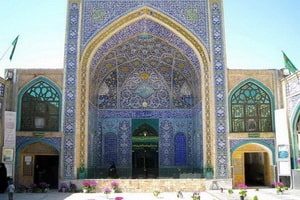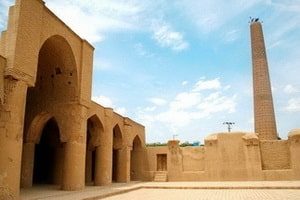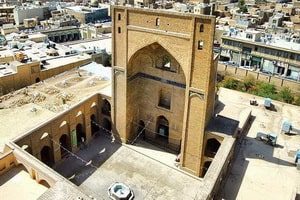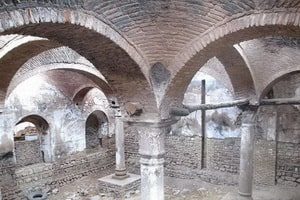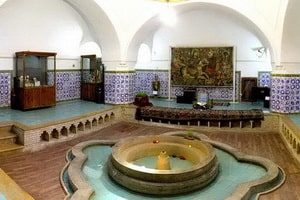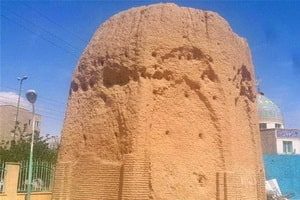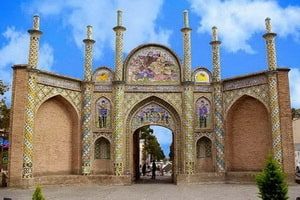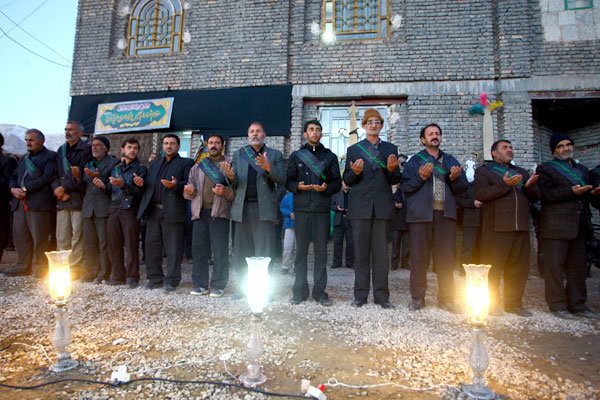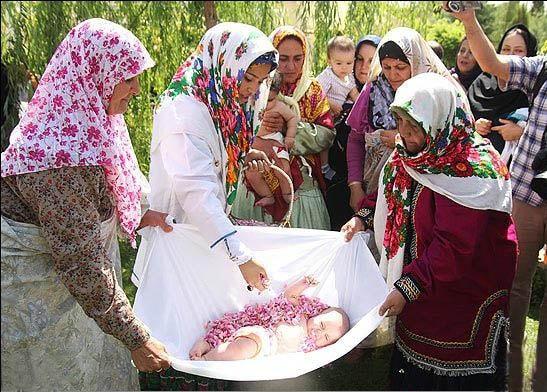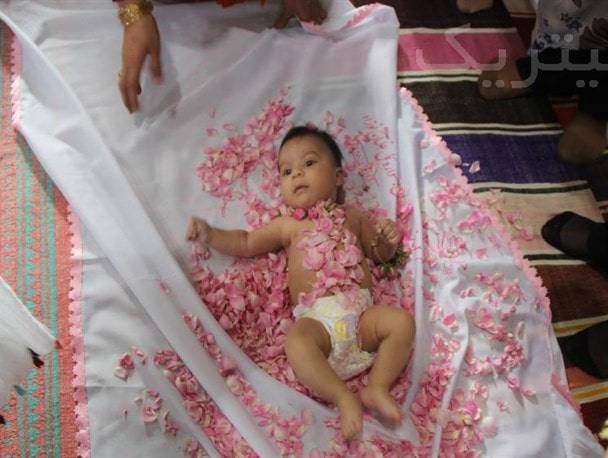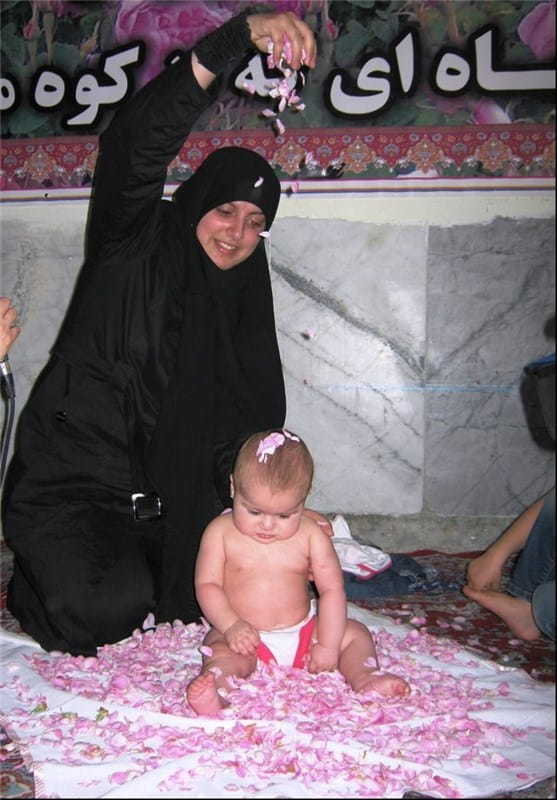
Geographic context
The Semnan region is one of the most important in Iran and as far as territorial extension is concerned, it represents the sixth region, about four times that of Tehran. The capital of the region is the city of Semnan and the other main population centers are: Shahrud, Damghan and Garmsar. This region has both a mountainous and flat area. The mountain territory is endowed with particularly interesting tourist resorts and also in the plains some of the most ancient cities of Iran are located.
Climate
Due to the variety of geographical contexts, each area of this region has a different type of climate. So much so that in the mountain area there is a cold climate, on the slopes of the mountains there are temperate climatic conditions and in the vicinity of the desert there were warm temperatures.
History and Culture
Throughout the era of the Medes and the Achaemenids, the Semnan region was considered as an integral part of the territory of the Parthians, and later, even in the Sasanidi period, it was an area that played a major role. The Parties divided the ancient Iranian region into 18 large sectors, one of the most important, called 'Kamisen Qumis' or 'Qumes', located in an area near today's cities of Semnan and Damghan. In the mid-seventh century d. C. at the time of Yazdgerd III, the last ruler of the Sasanian dynasty, the Arab invaders conquered the Iranian plateau. At first, the Arabs conquered the great and prosperous city of Rey, then, they headed for the north-east, they came to the territory of Kumesh - the area between today's cities of Semnan, Damghan and Bastam - and they also occupied this region. Therefore, from the historical sources and the chronicles of the time it can be deduced that the Semnan region was one of the oldest parts of Iran and, in the course of history, has had periods of prosperity and decadence. This region has been the meeting place of different populations. With the invasion of the Mongols, the city of Semnan was destroyed, but in subsequent periods, especially during the Safavid and Qajar era, it was rebuilt and there are many works that date back to those times. The Silk Road crossed the region for a long time, therefore, in relation to that famous mercantile path, still today there are many historical works including palaces, buildings, castles, caravanserais, water tanks and watchtowers. Among these monuments are worth visiting: the Palaces of Agha Mohammad Khan and Fath Ali Shah in Damghan, the Palaces of Shah Abbas, of Eyn-or-Rashid and the royal Harem in Garmsar, the Residence of the daughter of Naseroddin Shah in Damghan, the Castles of Saru, Kushmoghan and Pachenar in Semnan and the Castles of Lasgard and Bankuh in Garmsar. In the Semnan region there are also numerous places and religious constructions representing pilgrimage destinations, including: the Soltani Mosque, the Friday Mosque, the Tarikhane Mosque in Damghan and the Grand Mosque of Bastam. This region has been the cradle of many poets, scientists and mystics like: Manuchehri Damghani, Ebn-e Yamin Forumadi, Bastugal Forge, Yaghmayi Jondaqi, Zouqi Bastami, Bayazid Bastami, Sheykh Abo-l-Hasan Kherqani, Sheykh Ala-ad-Doule Semnani, Sheykh Sakkak and Bibi Munjame Semnani. Among the most recent personalities we can mention: Haj Ali Semnani, Feyz Semnani and Zabihollah Safa. Among the customs and habits of the inhabitants of the Semnan region it is worth remembering that they do not wear black clothes in funeral ceremonies. The reason for this choice seems to be to be sought in their ancient aversion to the black flag that was the symbol of the Abbasid caliphs.
Souvenirs and handicrafts
The main handicrafts of the Semnan region are: carpets, kilims, different types of glazing, various earthenware and ceramics, and various types of textile articles. The pistachios of this region are very renowned, as well as dried fruit in general, traditional bread, figs, prunes, walnuts and grapes.
The "chelchelâ" ritual in the town of Mojen-province of Semnân
The beautiful stepped town of Mojen, located at 33 kilometers northwest of Shâhrud, hosts millions of followers of Imam Hossein and believers from the most remote corners of the country every year during the month of Moharram, particularly from Teheran and from Gorgân.
The Semnân area, Mojen owns some tekyeh (1) called upper (ghal'e), lower (central) tekyeh, sa'dât, mollaguhar and zuljanâh and also some membarkhâne (2) that a few days before the month of Moharram are cleaned and covered with black cloths. Since ancient times, in the days starting from the third night of the month of Moharram, in the courtyard of two large tekyehs of Mojen, the upper and lower one, the famous ritual called "chelchelâ" takes place shortly before sunset and this custom continues until on the tenth night with the presence of the members of the tekyeh and numerous participants in the mourning of Imam Hossein. In the lower tekyeh, just before sunset, the people in charge of the preparation clean the tekyeh and cover the space used with carpets and sheets and place forty candelabra for the ritual. It is said that perhaps for this reason they have called this fascinating religious ritual "chelchelâ" or "forty candles".
Tekyeh members and volunteers are standing in front of the candles and facing the present crowd and a person, who is usually the boss and as they say the local is the "daddy" of the tekyeh, chanting in a delicate tone of voice. The women and young girls are sitting on the tops of the steps around the tekyeh watching the show. They believe that at dusk the prayers are answered first and therefore they should not miss this opportunity. The lower tekyeh has a particular spiritual aspect. The cloth that has been laid out on the courtyard of the tekyeh and above the wooden pillars, is the symbol of the encampment of the Imam Hossein (that peace be upon him). In this ritual, after the recitation of prayers, parts of the prayer of the Ashura pilgrimage are chanted, then prayers for health and return of Imam Zamân (3) (that peace be upon him) and the spectators respond with an "Amen". On this occasion people bring to tekyeh the food offered to charity, mostly consisting of bread and sugar cubes and place it on large canvas tables, food that will be offered to the participants on the ritual the next day. In return, people receive a small bag of nabât (crystallized sugar) from the volunteers as a sign of gratitude.
At the end of the ceremony we pray and recite the fatiha (4) also for the blessing of the dead, the healing of the sick, the removal from the evils and the acceptance of the votes. Then the candles are passed from hand to hand and turned and prepared for the sunset prayer.
1- Space used for the funeral ceremonies of the month of Moharram, generally an open space at the crossroads of a city, a simple arena but also a building in which the ta'ziyeh are represented., A theatrical representation in which the martyrdom of the Imam is recalled Hossein in Kerbala, in southern Iraq today. Generally it is a building with a courtyard. Each tekyeh has its own members, who are usually the inhabitants of that neighborhood.
2 - Lett. "House of the Pulpit", where menbar means the pulpit of a mosque.
3 - Twelfth and last Imam of the Shiites, Al-Mahdi (literally "well guided by God") mysteriously disappeared and whose return is always expected.
4 - First sura of the Qur'an.
The custom of sprinkling newborns with flowers in the city of Dâmghân and in the Semnân region
Among the traditional customs that remained from the past in different areas of the city of Dâmghân, is that of wrapping the newborn in a cloth with flowers in the first spring of his life. According to this custom, in case the birth of the newborn coincides with the spring season and with the blooming of red roses, some women of the family go to the gardens and fields to collect the flowers reciting prayers and poems. The collected flowers are taken home and the petals are scattered, then the baby is taken to the toilet and washed. When it comes out of the bathroom it is dried and wrapped in a white cloth in which the petals of red roses have been scattered. This ritual is usually performed by the mother, aunts or grandmother. For other babies born in other seasons, this ritual is done in the first spring of their life. After that, tea, syrup and sweets are offered to guests.
Local cuisine
Different dishes of local cuisine from the Semnan region are prepared in the traditional way: Torsh soup, meat broth with pistachios, rice with dill and green beans, different types of Tahchin, Reshte Polo, Bij Bij, Kate Shir, Celery Qeyme, rice and raisins, Zardak Polo, different types of compote dishes (walnuts and spinach, wild apples and sour cherries, pistachio-based dishes, Khoresh-e Qorme), Gur Mast, Dugh-e Jush, Eshkane, Bolmaq, Hasu, Dast be Qamme, Khorak-e Kashk, Tas Kabab, Mast-e Jush, Qalyaqrut, Burani-ye Kadu.






